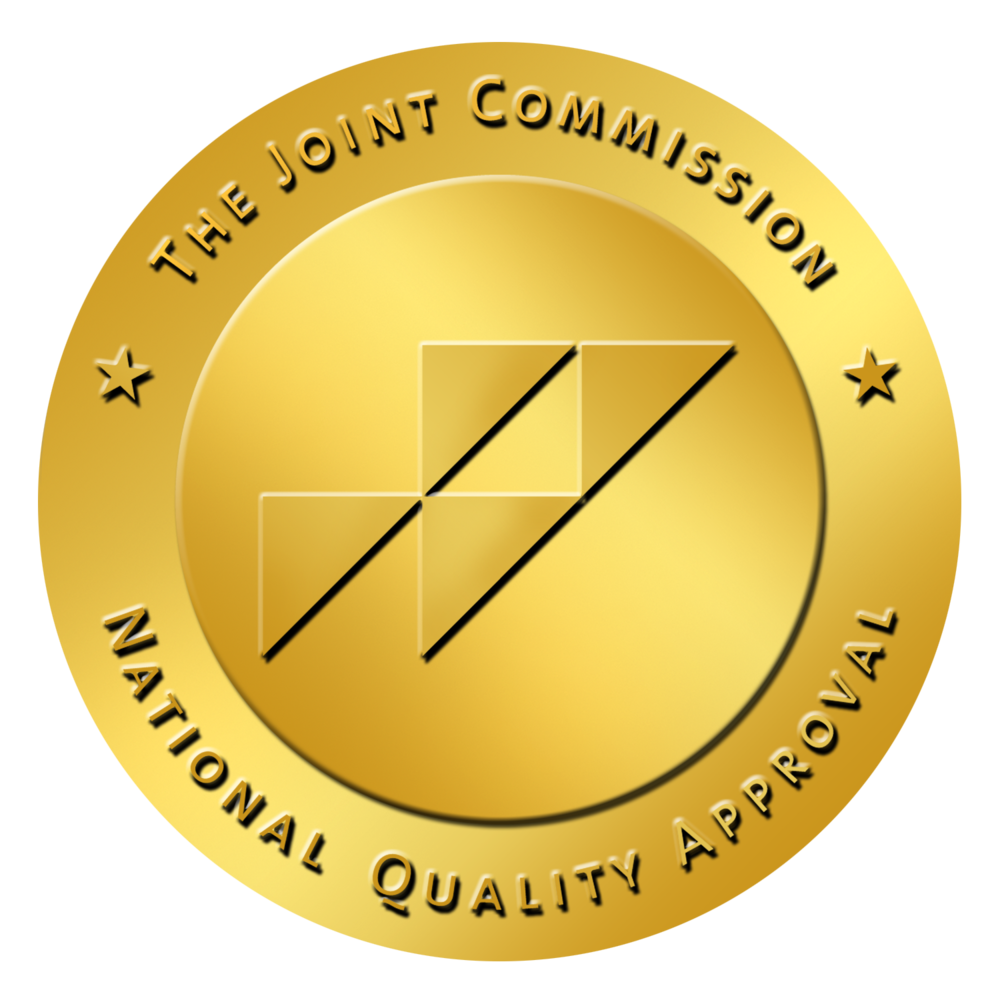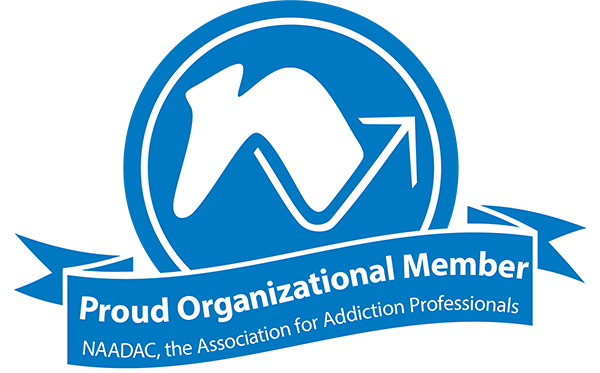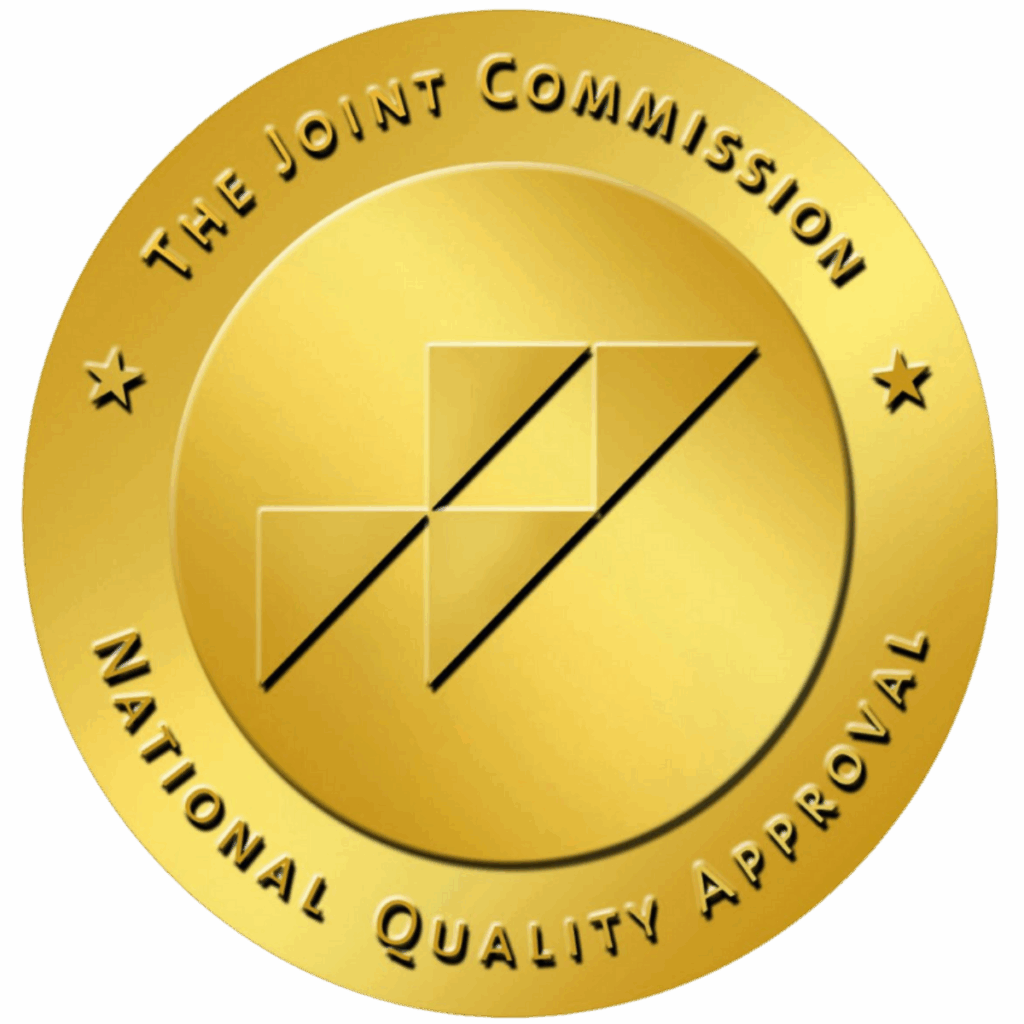Trauma can distort how we see ourselves, others, and the world. For many, flashbacks, emotional numbness, anxiety, or deep-rooted guilt and shame are all by-products of trauma, haunting their daily lives. Cognitive Processing Therapy (CPT) is a specialized, research-based treatment that helps individuals untangle these painful thought patterns and begin the process of true healing.
In this guide, we’ll explore what CPT is, how it works, who it helps, and why it has become a cornerstone of trauma-informed care in both mental health and addiction treatment settings.
What Is Cognitive Processing Therapy (CPT)?
Cognitive Processing Therapy (CPT) is a form of cognitive-behavioral therapy specifically designed to treat post-traumatic stress disorder (PTSD). It helps individuals confront and reframe unhelpful or distorted beliefs related to trauma, allowing them to process what happened in a healthier, more adaptive way.
CPT was developed in the late 1980s by Dr. Patricia Resick and her colleagues as a structured, research-based approach to address the cognitive and emotional challenges associated with PTSD. Initially tested with sexual assault survivors, CPT has since been expanded and validated in numerous populations, including military veterans and individuals affected by a wide range of traumatic experiences.
The Value of Psychotherapy for PTSD
Psychotherapy therapy plays a crucial role in helping veterans overcome PTSD by addressing the psychological impact of traumatic events through research-based approaches. Organizations like the National Center for PTSD, part of the Department of Veterans Affairs, and institutions involved in traumatic stress studies have developed and promoted therapies such as Cognitive Processing Therapy (CPT for PTSD) and Prolonged Exposure (PE). These methods help veterans reframe harmful beliefs, reduce avoidance, and confront distressing memories in a controlled, supportive environment.
Research in clinical psychology and behavioral sciences shows that therapy for posttraumatic stress, particularly therapy CPT for PTSD, significantly reduces symptoms and improves functioning. By supporting the treatment of posttraumatic stress as a public health priority, the Veterans Affairs system and health care providers offer veterans essential therapy for the treatment of PTSD, guided by standards set by the PTSD National Center and other leaders in the treatment of PTSD.
Cognitive Processing Therapy vs Cognitive Behavioral Therapy
While Cognitive Processing Therapy (CPT) is a type of Cognitive Behavioral Therapy (CBT), there are important distinctions between the two.
- Focus: CBT is a broad therapeutic approach that addresses a wide range of mental health issues by targeting the relationship between thoughts, emotions, and behaviors. CPT, on the other hand, is specifically focused on helping individuals process and recover from trauma.
- Structure: CPT follows a more standardized, manualized format with specific session goals centered on trauma-related beliefs and narratives. CBT may be more flexible and adapted to the client’s presenting issues, whether it’s depression, anxiety, or other conditions.
- Tools and Techniques: Both therapies use cognitive restructuring, but CPT places a greater emphasis on challenging trauma-related distortions such as guilt, shame, or beliefs about safety and trust. CBT techniques may involve exposure, behavioral activation, and thought tracking, depending on the condition being treated.
In short, CPT is a trauma-focused form of CBT that zeroes in on the impact of trauma on thoughts and beliefs, making it a highly effective option for individuals dealing with PTSD.
What Does Cognitive Processing Therapy Treat?
Cognitive Processing Therapy (CPT) is primarily known for its effectiveness in treating trauma-related mental health conditions, particularly post-traumatic stress disorder (PTSD). However, CPT is also a valuable therapeutic approach for individuals struggling with substance use disorders—especially when these addictions are rooted in unresolved trauma. Because trauma often underlies both mental health challenges and substance abuse, CPT has become an essential tool in dual diagnosis or co-occurring disorder treatment.
CPT helps individuals understand how traumatic experiences have shaped their beliefs, behaviors, and emotional responses. By reframing these thought patterns, patients can reduce symptoms of trauma, gain emotional clarity, and improve their ability to engage in recovery from both addiction and mental health issues.
CPT for Substance Abuse
People dealing with painful memories or emotions often resort to substance abuse in an attempt to cope with their pain. Rather than achieve lasting healing, this often just leads to addiction — yet one more problem to deal with on top of seemingly too many. CPT addresses the root causes of substance abuse by helping patients process trauma in a safe and structured environment.
By challenging negative beliefs such as self-blame, shame, or hopelessness, CPT empowers individuals to let go of such poor coping strategies and replace them with healthier behaviors. CPT is especially useful in addiction treatment programs where trauma is identified as a driving factor behind continued substance use.
CPT for Mental Health Disorders
CPT is highly effective for treating PTSD, but its benefits also extend to other trauma-related mental health conditions, including:
- Depression — A study on CPT from 2024 found that it was highly effective in improving functioning in those with depression.
- Anxiety disorders — A 2015 study found that CPT was effective in addressing anxiety.
- Panic disorder
- Dissociation
- Moral injury (common in veterans and first responders)
These conditions often share cognitive patterns rooted in trauma, such as negative self-beliefs, emotional avoidance, or feelings of helplessness. CPT helps individuals restructure these thoughts, leading to improvements in mood, emotional regulation, and overall functioning.
CPT for Co-Occurring Disorders
Many individuals experience both a mental health disorder and a substance use disorder simultaneously—a situation known as a co-occurring or dual diagnosis. CPT is particularly well-suited for treating co-occurring disorders because it addresses the trauma that frequently underlies both conditions.
By focusing on how trauma shapes thinking and behavior, CPT helps patients understand the link between their emotional distress and substance use. This dual approach enables more sustainable recovery by treating the whole person—not just the symptoms of addiction or mental illness separately.
Cognitive Processing Therapy for PTSD
Cognitive Processing Therapy (CPT) is one of the most widely researched and effective treatments for post-traumatic stress disorder (PTSD). A meta-analysis found that CPT was highly effective in treating trauma and trauma-related conditions, with 89% of those receiving CPT faring better than those who didn’t.
Originally developed specifically to treat PTSD, CPT helps individuals make sense of traumatic experiences and reduce the distressing symptoms that follow, such as flashbacks, nightmares, hypervigilance, and emotional numbness.
At the core of PTSD are distorted or stuck thoughts that develop after trauma—beliefs about oneself, others, or the world that may no longer be accurate but feel deeply true. For example, someone might begin to believe they are permanently damaged, that they can’t trust anyone, or that the world is completely unsafe. CPT guides patients in identifying these beliefs and examining how they developed, how they impact daily life, and whether they hold up under scrutiny.
Through structured sessions, individuals learn to:
- Challenge and reframe distorted thoughts related to the trauma
- Reduce avoidance and emotional numbing
- Develop healthier beliefs about safety, trust, power, control, esteem, and intimacy
- Rebuild a sense of identity and purpose beyond the trauma
CPT is especially valuable because it doesn’t require individuals to retell or relive every detail of their trauma. Instead, it focuses on how the trauma is affecting their current thinking and functioning. This makes it a powerful, accessible option for survivors of combat, sexual assault, childhood abuse, natural disasters, and other traumatic experiences.
In both clinical settings and community care, CPT has proven to be a reliable and empowering path to healing for those living with PTSD.
How Does CPT Therapy Help Process Trauma?
Cognitive processing therapy helps people process trauma by teaching them to identify and challenge the negative thoughts and beliefs that have developed as a result of their experience. Trauma often leads people to adopt rigid, self-blaming, or fearful interpretations of what happened—such as “It was my fault,” “I can’t trust anyone,” or “I’m permanently broken.”
These beliefs, known as stuck points, keep individuals emotionally trapped in the past and prevent natural recovery.
CPT gives patients the tools to:
- Recognize and name these stuck points
- Examine the evidence for and against them
- Replace them with more balanced, realistic beliefs
- Regain a sense of safety, trust, self-worth, and control
By shifting how they interpret their trauma, individuals are better able to manage their emotions, reduce PTSD symptoms, and move forward in their lives. CPT focuses on cognitive change rather than prolonged exposure, which makes it especially helpful for people who are uncomfortable retelling their trauma in detail.
How Does Cognitive Processing Therapy Work?
Your CPT therapist will begin by giving you an outline of the treatment. You will go over some PTSD information together to help you understand your symptoms better. Your physician will most likely inquire about the sort of trauma you encountered, but you do not need to go into great detail right away. Your provider will also ask you to write about how your trauma has impacted you.
Over the following several sessions, you will discuss any negative or unhelpful ideas you have had about the trauma, and you will work together to learn to examine alternative ways of thinking about the problem.
In these sessions, which involve talk therapy with a therapist and the use of worksheets or journaling, a person taking part in CPT learns how to calmly examine the facts, seeing if their self-defeating beliefs are actually legitimate or not.
CPT may entail writing about the specifics of your experience. This may sound challenging at first, but chatting with your therapist may help you manage feelings like anger, grief, and guilt. Toward the conclusion of therapy (which usually lasts twelve sessions), you and your therapist will concentrate on specific aspects of your life that may have been influenced by the trauma, such as your feeling of safety, trust, control, self-esteem, and intimacy.
What Are the Goals of CPT?
The primary goal of Cognitive Processing Therapy (CPT) is to help individuals recover from trauma by changing the way they think about and interpret their experiences. CPT does not aim to erase traumatic memories, but rather to reduce the emotional power those memories hold and correct the harmful beliefs that often follow trauma.
Specific goals of CPT include:
- Identifying and challenging distorted thoughts related to the trauma, such as self-blame, guilt, or mistrust.
- Developing more balanced beliefs about safety, trust, control, self-worth, and relationships.
- Reducing trauma-related symptoms like flashbacks, anxiety, emotional numbing, and avoidance.
- Improving day-to-day functioning, including relationships, work performance, and emotional regulation.
- Empowering patients to take control of their recovery and learn tools they can apply beyond therapy.
By working toward these goals, CPT helps individuals move from a place of emotional reactivity and fear to one of clarity, confidence, and emotional resilience.
What to Expect in CPT
Cognitive Processing Therapy is structured, focused, and collaborative. Whether delivered individually or in a group, CPT follows a step-by-step format designed to help patients make steady progress through each phase of treatment.
Here’s what patients can typically expect:
- Twelve weekly sessions lasting about an hour each
- Education on PTSD and the effects of trauma, how to identify and address limiting beliefs
- Writing exercises to help patients reflect on their trauma and identify and evaluate any limiting beliefs they may have
- Open discussion with the therapist in which one can express doubts and reflect on their progress
While the work can be emotionally challenging at times, CPT is designed to be supportive and empowering. By the end of treatment, many individuals report not only fewer PTSD symptoms but also a renewed sense of identity, agency, and connection with others.
What Are the Benefits of Cognitive Processing Therapy?
Cognitive Processing Therapy (CPT) offers numerous benefits for individuals recovering from trauma, PTSD, and co-occurring conditions like substance use or depression. By helping people reframe the way they think about their traumatic experiences, CPT promotes deep, lasting healing—not just symptom management.
Here are some of the key benefits of CPT:
- Reduction in PTSD Symptoms: CPT is one of the most effective research-based treatments for post-traumatic stress disorder. It significantly reduces symptoms such as flashbacks, nightmares, emotional numbness, and hypervigilance by helping individuals reprocess the trauma in a healthier way.
- Improved Emotional Regulation: Unprocessed trauma often leads to intense, unpredictable emotional responses. CPT teaches patients to identify and challenge the thoughts that trigger these reactions, allowing for greater emotional stability and self-control.
- Decreased Anxiety and Depression: Many people with trauma histories also struggle with anxiety, depression, and feelings of hopelessness. By targeting negative thought patterns and self-blame, CPT improves mood and helps restore a more positive outlook on life.
- Healthier Beliefs and Self-Perception: After trauma, it’s common to internalize harmful beliefs such as “I’m weak,” “I’m to blame,” or “I can’t trust anyone.” CPT helps individuals reframe these distortions and rebuild a more accurate and compassionate view of themselves and the world.
- Stronger Relationships: As patients learn to process their trauma and reduce avoidance, they often find it easier to reconnect with others. CPT can help improve communication, trust, and intimacy in relationships that may have been damaged by trauma or addiction.
- Enhanced Coping Skills: Rather than avoiding trauma-related thoughts or relying on substances to cope, CPT equips patients with practical, lifelong tools for managing distress, navigating challenges, and responding to triggers more effectively.
- Increased Confidence and Autonomy: CPT encourages patients to take an active role in their recovery. By learning how to challenge and reshape their own thinking, individuals gain confidence in their ability to manage symptoms and take back control over their lives.
By addressing the root cognitive and emotional impacts of trauma, Cognitive Processing Therapy offers more than just symptom relief—it provides a path toward long-term healing and personal growth. Whether used as part of a comprehensive mental health or addiction treatment plan, CPT empowers individuals to reclaim their lives, strengthen their resilience, and move forward with clarity, purpose, and renewed hope.
How Effective is CPT?
Cognitive Processing Therapy (CPT) is one of the most effective, research-backed treatments for post-traumatic stress disorder (PTSD) and trauma-related mental health conditions. Numerous clinical trials and real-world studies have demonstrated its ability to significantly reduce PTSD symptoms and improve overall functioning across diverse populations.
Key findings on CPT’s effectiveness include:
- High Success Rates: Studies have shown that 89% of people experience better PTSD symptoms after completing a full course of CPT as opposed to non-CPT treatment.
- Sustained Improvements: CPT’s benefits are long-lasting. Many patients continue to experience reduced symptoms months or even years after treatment ends.
- Broad Applicability: CPT has been shown to be effective for veterans, survivors of sexual or physical assault, refugees, first responders, and individuals with childhood trauma.
- Useful for Co-Occurring Conditions: CPT is also beneficial for individuals dealing with depression, anxiety, or substance use disorders alongside PTSD.
What makes CPT so effective is its structured yet flexible approach. Rather than requiring individuals to relive trauma in detail, it focuses on how their thoughts about the trauma are shaping their present-day emotions and behaviors—allowing for meaningful change without retraumatization.
Ultimately, CPT gives people the tools to understand their trauma, challenge destructive thinking patterns, and reclaim control over their lives. Its proven track record makes it a trusted cornerstone of trauma-informed care.
Can CPT Help Me?
If you’ve experienced trauma and are struggling with symptoms like flashbacks, anxiety, emotional numbness, or negative self-beliefs, Cognitive Processing Therapy (CPT) could be a valuable part of your healing journey. CPT is especially helpful for individuals who feel “stuck” in the aftermath of a traumatic event—whether that trauma occurred recently or many years ago.
You don’t need to have a formal diagnosis of PTSD to benefit from CPT. If your thoughts and emotions are shaped by past trauma, and those patterns are affecting your relationships, decision-making, or quality of life, CPT can help you understand and change those internal narratives.
CPT may be a good fit for you if:
- You’re tired of avoiding painful memories but don’t want to relive every detail in therapy
- You find yourself blaming yourself or struggling with guilt or shame
- You feel disconnected from others or find it hard to trust
- You’re in addiction recovery and recognize trauma as a root cause of your substance use
With the guidance of a trained therapist, CPT can help you confront these challenges safely, build emotional resilience, and move forward with greater clarity and self-understanding.
Tips for Successful Cognitive Processing Therapy
Starting CPT can feel like a big step, but going in with the right mindset and expectations can make the experience more rewarding.
Here are some tips for getting the most out of your CPT sessions:
- Be Open to the Process: CPT may challenge some long-held beliefs or emotions tied to your trauma. Try to approach the experience with curiosity, not judgment.
- Commit to the Homework: The worksheets and writing exercises between sessions are just as important as the therapy itself. They help reinforce new ways of thinking and promote progress.
- Be Honest With Your Therapist: CPT is a collaborative process. The more open and honest you are about your thoughts and reactions, the better your therapist can help guide you.
- Expect Some Discomfort: It’s normal to feel emotional or uncomfortable during parts of therapy—that means you’re doing meaningful work. Stick with it and remind yourself of your long-term goals.
- Ask Questions: If something in a session doesn’t make sense or feels too difficult, speak up. Your therapist can adjust the pace or clarify concepts to help you feel supported.
- Track Your Progress: Keep a journal or log of your thoughts, feelings, and symptoms as you go through therapy. You might be surprised at how far you’ve come by the end.
Is CPT Covered by Insurance?
Yes, in many cases, Cognitive Processing Therapy (CPT) is covered by insurance, especially when it’s provided as part of a licensed mental health or addiction treatment program. CPT is considered an research-based therapy, meaning it’s widely recognized by insurance providers as a clinically effective treatment for conditions like PTSD, depression, and anxiety.
When CPT is part of a comprehensive treatment plan in a rehab or behavioral health facility, insurance may cover it under general medical benefits for mental health treatment related to trauma or addiction treatment. The Affordable Care Act mandates all insurance carriers provide at least some level of behavioral health coverage.
To confirm your coverage, contact your insurance provider and ask about mental health or behavioral health benefits. Many treatment centers will also help verify your coverage with your insurance carriers. Contact us today to see what coverage is available to you at Aliya Veterans.
- What is Cognitive Processing Therapy · Cognitive Processing Therapy Institute (solutionfocused.net)
- Cognitive Processing Therapy (CPT) (apa.org)
- Cognitive Processing Therapy (CPT) for PTSD – PTSD: National Center for PTSD (va.gov)
- Cognitive Processing Therapy | For Posttraumatic Stress Disorder (cptforptsd.com)
- Patricia A. Resick | Duke Department of Psychiatry & Behavioral Sciences
- Effectiveness of Cognitive Processing Therapy for PTSD in serious mental illness – ScienceDirect
- Cognitive-behavioral therapy for anxiety disorders: an update on the empirical evidence – PMC
- Cognitive Processing Therapy for PTSD – PTSD: National Center for PTSD
- A meta-analytic review of cognitive processing therapy for adults with posttraumatic stress disorder – PubMed
- Mental health and substance abuse health coverage options | HealthCare.gov






